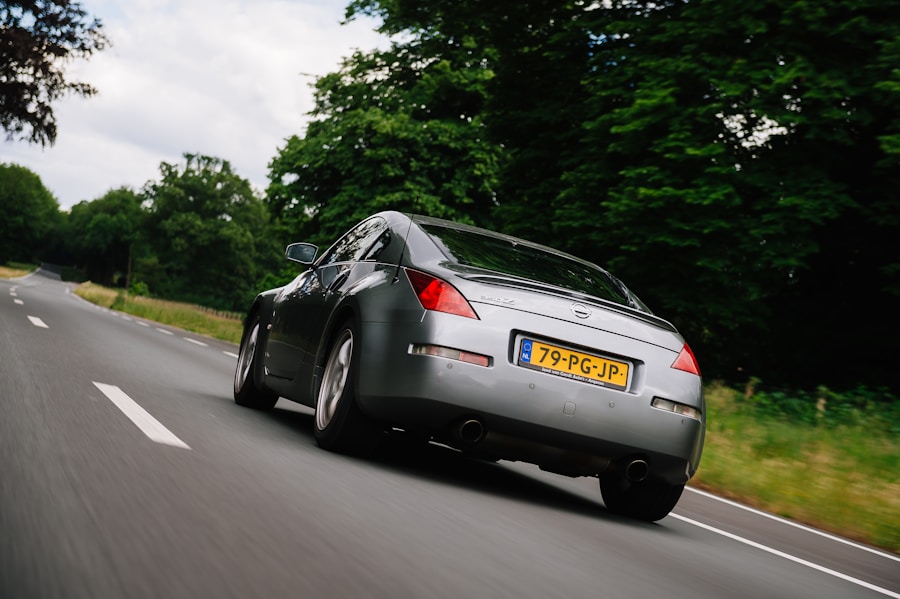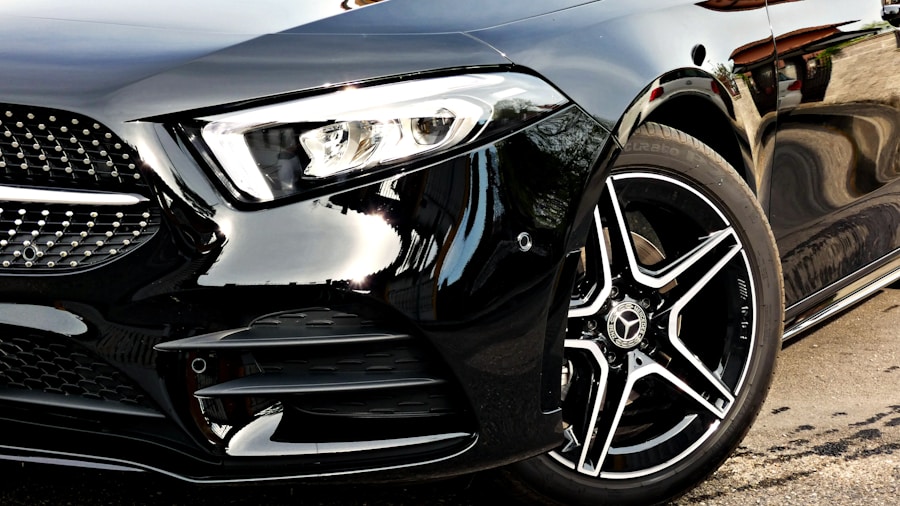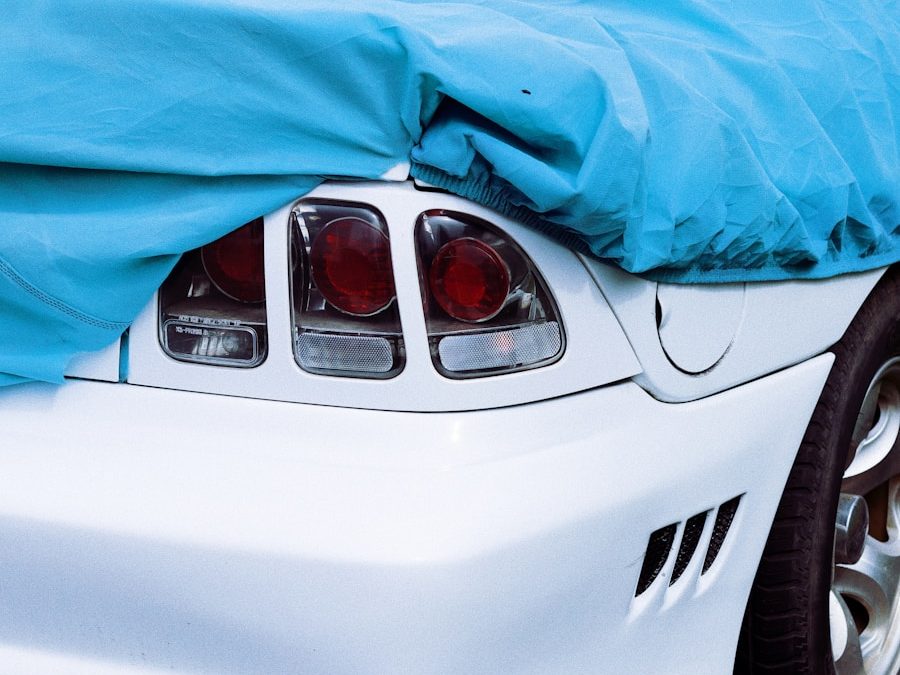The choice of car make and model is a significant factor that influences insurance costs, often in ways that many consumers may not fully understand. When individuals purchase a vehicle, they typically consider aspects such as price, performance, and aesthetics. However, the implications of their choice extend far beyond the initial purchase price.
Insurance companies assess risk based on various criteria, including the vehicle’s make and model, which can lead to substantial differences in premiums. Understanding this relationship is crucial for consumers who wish to manage their insurance expenses effectively. Insurance providers utilize a range of data to determine premiums, and the make and model of a vehicle play a pivotal role in this analysis.
Certain vehicles are statistically more likely to be involved in accidents or thefts, while others may have higher repair costs due to the availability of parts or the complexity of repairs. Consequently, the insurance industry has developed a nuanced understanding of how different vehicles perform in terms of safety, reliability, and overall risk. This article delves into the various factors that influence insurance costs based on car make and model, providing insights that can help consumers make informed decisions.
Key Takeaways
- The make and model of a car can significantly impact insurance costs
- Factors such as the car’s value, safety features, and repair costs influence insurance premiums
- Certain car makes and models are associated with higher insurance risk due to theft rates and accident statistics
- Car make and model can affect the likelihood and cost of insurance claims
- Choose a car make and model with lower insurance costs by considering safety ratings and theft rates
Factors that influence insurance costs for different car makes and models
Safety Ratings and Advanced Features
The safety rating of a vehicle is a crucial factor in determining insurance costs. Cars with high safety ratings from organizations like the National Highway Traffic Safety Administration (NHTSA) or the Insurance Institute for Highway Safety (IIHS) are often associated with lower insurance premiums. This is because vehicles equipped with advanced safety features such as automatic emergency braking, lane departure warnings, and adaptive cruise control are viewed as lower risk by insurers. These features can significantly reduce the likelihood of accidents, thereby decreasing the potential for claims.
Repair Costs and Vehicle Value
The cost of repairing a vehicle is another critical factor in determining insurance premiums. Luxury cars or high-performance vehicles often come with expensive parts and specialized labor, which can lead to higher insurance premiums. For example, a luxury sedan from a prestigious brand may require specialized technicians for repairs, and its parts may be more costly than those of a standard sedan. Insurers take these potential costs into account when calculating premiums, leading to higher rates for vehicles that are more expensive to repair or replace.
Theft Risk and Insurance Costs
Cars that are frequently targeted by thieves may also incur higher insurance costs due to the increased risk of theft claims. This is because insurers must account for the potential cost of replacing a stolen vehicle, which can drive up premiums for owners of high-risk vehicles.
How car make and model affect insurance premiums

The relationship between car make and model and insurance premiums is multifaceted. Insurers categorize vehicles into groups based on their characteristics, which include safety ratings, repair costs, theft rates, and even performance metrics. For example, sports cars are often associated with higher speeds and aggressive driving behavior, leading to increased premiums.
A study conducted by the Insurance Information Institute found that sports cars can cost up to 30% more to insure than standard sedans due to their performance capabilities and higher likelihood of being involved in accidents. Conversely, family-oriented vehicles such as minivans and SUVs tend to have lower insurance premiums. These vehicles are often designed with safety in mind and are less likely to be involved in high-speed collisions.
For instance, a family-friendly SUV equipped with multiple airbags and stability control features may attract lower premiums compared to a compact sports car with similar market value.
The relationship between car make and model and insurance risk
Understanding the relationship between car make and model and insurance risk is essential for consumers looking to minimize their insurance costs. Insurers evaluate risk based on historical data related to specific vehicles. For example, certain makes and models may have a reputation for being involved in accidents more frequently than others.
This could be due to factors such as design flaws, driver demographics, or even marketing strategies that appeal to younger drivers who may be more prone to risky behavior. Moreover, some vehicles are statistically more likely to be stolen than others. High-demand models with a strong resale value often attract thieves, leading insurers to charge higher premiums for these vehicles.
For instance, popular models from brands like Honda or Toyota are frequently targeted due to their reliability and resale value. As a result, consumers considering these makes should be aware that their choice may lead to increased insurance costs.
Understanding the impact of car make and model on insurance claims
The impact of car make and model on insurance claims is another critical aspect that consumers should consider when purchasing a vehicle. Different vehicles have varying claim frequencies based on their design, safety features, and overall reliability. For instance, vehicles known for their durability and low maintenance costs may result in fewer claims over time.
This can lead insurers to offer lower premiums for such models since they are less likely to incur significant losses. Additionally, the type of claims filed can vary significantly between different makes and models. Some vehicles may be more prone to specific types of claims, such as collision claims or comprehensive claims related to theft or vandalism.
For example, a compact car might be more susceptible to minor accidents due to its size and maneuverability in urban environments, while larger SUVs may face fewer collision claims but could see higher comprehensive claims due to theft risks. Understanding these dynamics can help consumers choose vehicles that align with their risk tolerance and financial goals.
Tips for choosing a car make and model with lower insurance costs

Safety Ratings Matter
Researching safety ratings is crucial when selecting a car. Vehicles with high safety ratings not only provide peace of mind but also tend to have lower insurance premiums due to their reduced risk profile.
Reliability and Repair History
The vehicle’s repair history and parts availability are also important considerations. Opting for makes and models known for their reliability can lead to lower long-term costs, including insurance premiums. Brands like Subaru or Honda are often praised for their durability and lower repair costs, making them attractive options for budget-conscious consumers.
Compare Quotes and Consult with Experts
Finally, it’s wise to consult with insurance agents or use online comparison tools to obtain quotes for various makes and models before making a final decision. This will give you a better understanding of the insurance costs associated with your desired car and help you make an informed decision.
How car make and model affect insurance coverage options
The choice of car make and model can also influence the types of insurance coverage options available to consumers. Some high-end or luxury vehicles may require specialized coverage due to their unique features or higher value. For instance, owners of luxury cars might need additional coverage options such as gap insurance or specialized liability coverage that accounts for the vehicle’s higher replacement cost.
Conversely, more common makes and models may offer a wider range of standard coverage options at competitive rates. Insurers often provide discounts for vehicles equipped with advanced safety features or anti-theft devices, which can further enhance coverage options while keeping costs manageable. Understanding how different makes and models interact with available coverage options allows consumers to tailor their policies effectively while ensuring they are adequately protected.
Conclusion and summary of the impact of car make and model on insurance costs
The impact of car make and model on insurance costs is profound and multifaceted, influencing everything from premium rates to coverage options available to consumers. By understanding the various factors at play—such as safety ratings, repair costs, theft rates, and historical claim data—consumers can make informed decisions when selecting a vehicle that aligns with their financial goals while minimizing insurance expenses. Ultimately, being proactive in researching vehicle options can lead not only to savings on premiums but also to enhanced safety and reliability on the road.
When considering how car make and model impact insurance costs, it is important to also take into account the overall financial impact of owning a vehicle. According to a recent article on Fairshot Financial’s website, understanding the various factors that influence auto insurance rates can help individuals make informed decisions when selecting coverage. To learn more about how to navigate the complexities of auto insurance, check out their article on auto insurance forms.
FAQs
What factors about a car make and model impact insurance costs?
The make and model of a car can impact insurance costs due to factors such as the car’s safety ratings, repair costs, theft rates, and overall risk of accidents.
How does the car’s safety rating impact insurance costs?
Cars with higher safety ratings typically have lower insurance costs because they are less likely to be involved in accidents and result in costly claims.
Do certain car makes and models have higher theft rates?
Yes, certain car makes and models are more likely to be targeted by thieves, which can result in higher insurance costs for those vehicles.
How do repair costs impact insurance costs?
Cars with higher repair costs, such as luxury or high-performance vehicles, may have higher insurance costs due to the potential for more expensive repairs in the event of an accident.
Are certain car makes and models associated with a higher risk of accidents?
Yes, some car makes and models are associated with a higher risk of accidents, which can lead to higher insurance costs for those vehicles.
Can modifications to a car impact insurance costs?
Yes, modifications to a car can impact insurance costs, as they may increase the risk of accidents or make the car more attractive to thieves. It’s important to disclose any modifications to your insurance provider.


